Blog
NPD Prototyping: Elevating Ideas with Precision and Insight (PART 3/4)

PART III
Continued from Part II – NPD Project Selection: Aligning Vision with Talent
The journey from a groundbreaking idea to a market-leading product is paved with strategic planning, rigorous testing, and an unwavering commitment to excellence. Prototyping stands out as a pivotal phase in New Product Development (NPD), transforming abstract concepts into tangible, testable prototypes. This crucial step not only uncovers design flaws but also forecasts market reception and assesses profitability. It demands a synergy of talent and technology where skilled teams leverage innovative tools to refine and perfect the product vision. The structured progression of the Stage-Gate process supports this phase by providing clear checkpoints that ensure each prototype meets the stringent criteria before advancing to the next stage of development.
Strategic Prototyping: A Closer Look at Mitigating Risk
Prototyping is a critical step in evaluating a product’s viability, encompassing a thorough examination under conditions that mimic real-world scenarios. This process is divided into three distinct phases, each designed to progressively validate the product idea through various lenses such as market demand, technical feasibility, and financial viability:

Scoping Phase:
-
- Initial assessment of the market conditions.
- Preliminary technical feasibility studies.
- Basic financial analysis to evaluate potential ROI.
Business Case Development:
-
- In-depth analysis of market conditions and technical feasibility.
- Detailed financial viability studies, including cost projections and profit margins.
- Planning for production, distribution, and marketing strategies.
Prototype Development:
-
- Creation and testing of a working prototype to assess design and function.
- User case studies and customer feedback to refine the product.
- Finalization of production processes and supply chain logistics.
Throughout these phases, a gated process with specific decision points is employed to meticulously evaluate progress and make informed decisions on proceeding, adjusting, or halting the project. This systematic approach helps in allocating resources efficiently, focusing on projects that demonstrate the most promise for success and market impact.

Empowering Teams: The Core of Successful Prototyping
Behind every groundbreaking prototype lies a team of exceptional individuals. From engineers and designers to market analysts, it’s the collective expertise and strategic decision-making of these professionals that drive the project forward. Effective prototyping extends beyond the product itself, assessing the capabilities and readiness of your team to deliver on the project’s vision. It’s a stage where resource planning and talent assessment are critical, involving stakeholders in a comprehensive evaluation to ensure that all necessary skills and resources are in place.
Key Questions for Team Assessment:
- Is there unwavering commitment from key team members and stakeholders?
- Are there gaps in resources or expertise that need to be addressed?
- How will this project impact other priorities within the organization?
- Does the project align with the broader corporate objectives?
Addressing these questions provides invaluable insights into the feasibility and potential success of the product, reducing the risk of setbacks as the project progresses.
Assessing Prototype Readiness: Preparing for Market Success
Thorough evaluation during the prototyping phase is vital to ensure that the investment of resources, time, and finances in new product development (NPD) projects is directed towards the most promising ventures. By adhering to the structured checkpoints of the Stage-Gate process during prototyping, we not only streamline the evaluation of the prototype’s effectiveness but also lay a solid foundation for its subsequent production, marketing, and distribution. Each stage in the prototyping phase is rigorously assessed against predefined success criteria, positioning the project on a more informed and strategically sound footing.
Decision-making at a Crucial Juncture (Gate): Upon completing the prototyping phase, organizations face a pivotal decision: to proceed with production or halt the project. Implementing robust metrics for a detailed assessment of the project’s potential is crucial, though not a guarantee of success, it significantly reduces risks and supports informed decision-making.

Benefits of Strategic Metric Implementation:
-
- Corporate Objective Alignment: Ensures prototype outcomes are in sync with organizational goals.
- Portfolio Integration: Assesses and prioritizes the project within the broader NPD portfolio, utilizing Stage-Gate criteria to gauge project alignment and potential.
- Stakeholder Communication: Keeps stakeholders informed of potential issues, aiding in the resolution or project termination decisions.
- Risk-Reward Evaluation: Establishes a framework for weighing the project’s risks against its potential rewards, crucial at each decision point within the Stage-Gate process.
Adherence to the Stage-Gate process throughout the prototyping phase ensures that each development stage is methodically evaluated and aligned with our strategic goals. This rigorous framework supports efficient resource utilization and decision-making, setting the stage for successful production and market introduction. Although achieving perfection in prototyping is not a guarantee of market success, this disciplined approach significantly enhances the project’s prospects by grounding it in solid, strategic planning.

Cerri Project: Enhancing NPD Prototyping Efficiency
Cerri Project significantly enhances NPD prototyping efficiency by integrating the Stage-Gate methodology into its project management toolkit. This integration provides teams with a clear structure for moving through the prototyping phase, ensuring that every critical assessment is thoroughly conducted and documented. Cerri Project’s features support:
- Crafting detailed prototype plans that align with each gate in the Stage-Gate process.
- Resolving resource allocation conflicts efficiently, ensuring optimal use of time and materials.
- Simulating scenarios to predict potential outcomes at each decision point.
- Refining resource and team planning to meet the rigorous demands of each stage.
- Establishing key metrics, KPIs, and risk indicators that are vital for performance tracking and gate assessments.
By leveraging Cerri Project’s capabilities in conjunction with the Stage-Gate process, teams can ensure that each prototype is not only technically viable but also strategically poised to meet the market’s needs, enhancing the overall efficiency and success rate of product development initiatives.
* Stage-Gate® is a registered trademark of Robert G. Cooper.




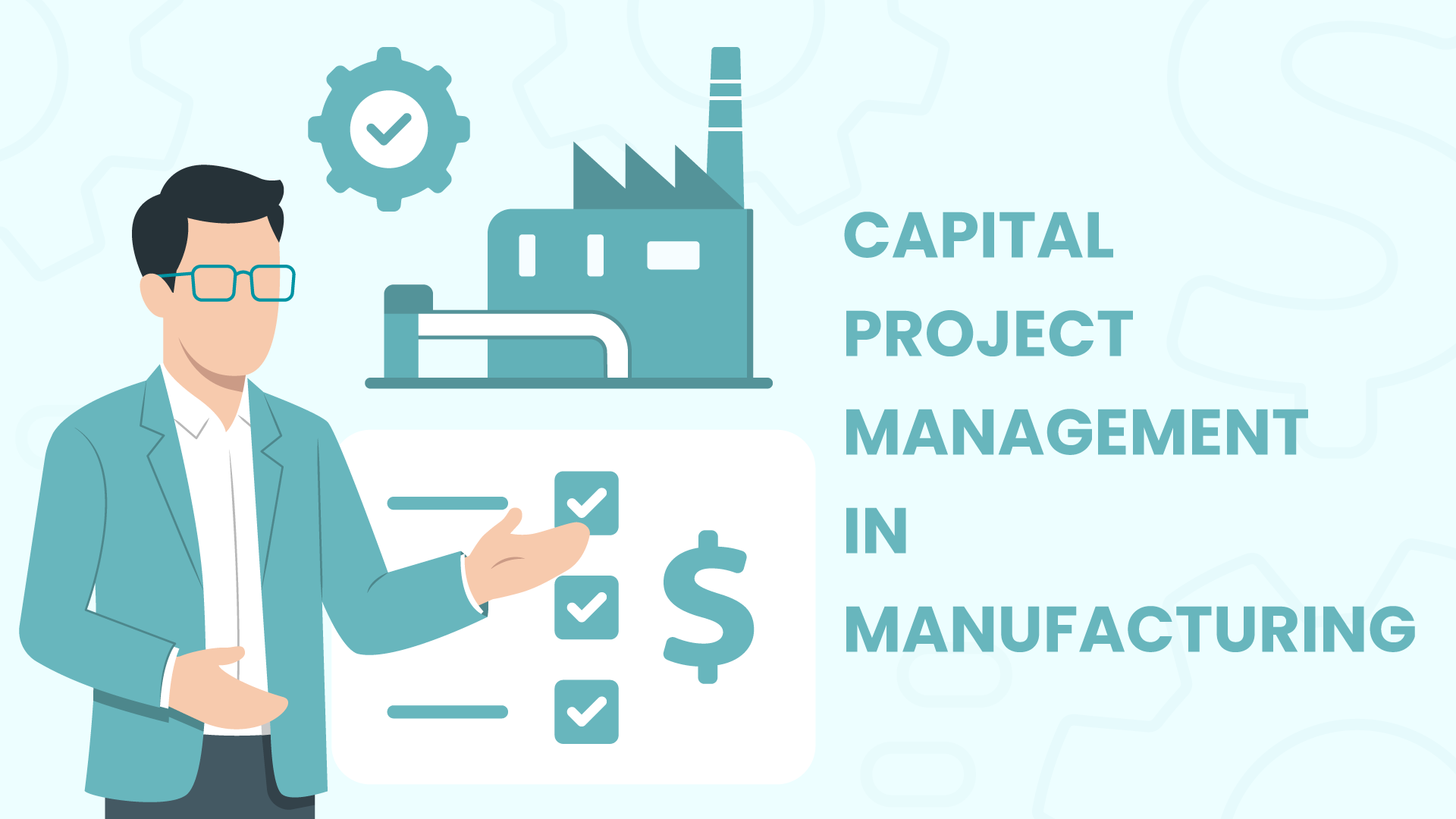



















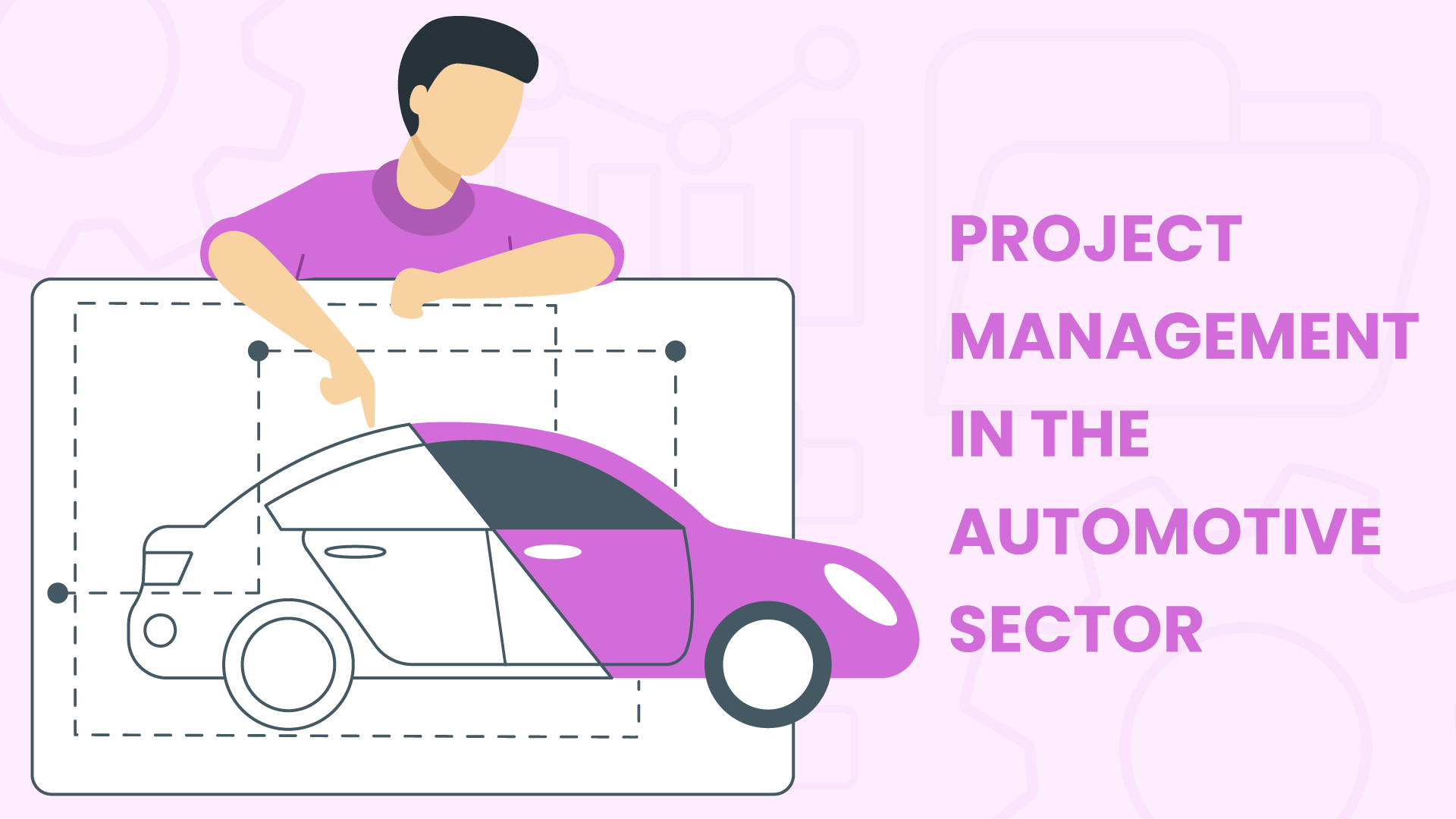



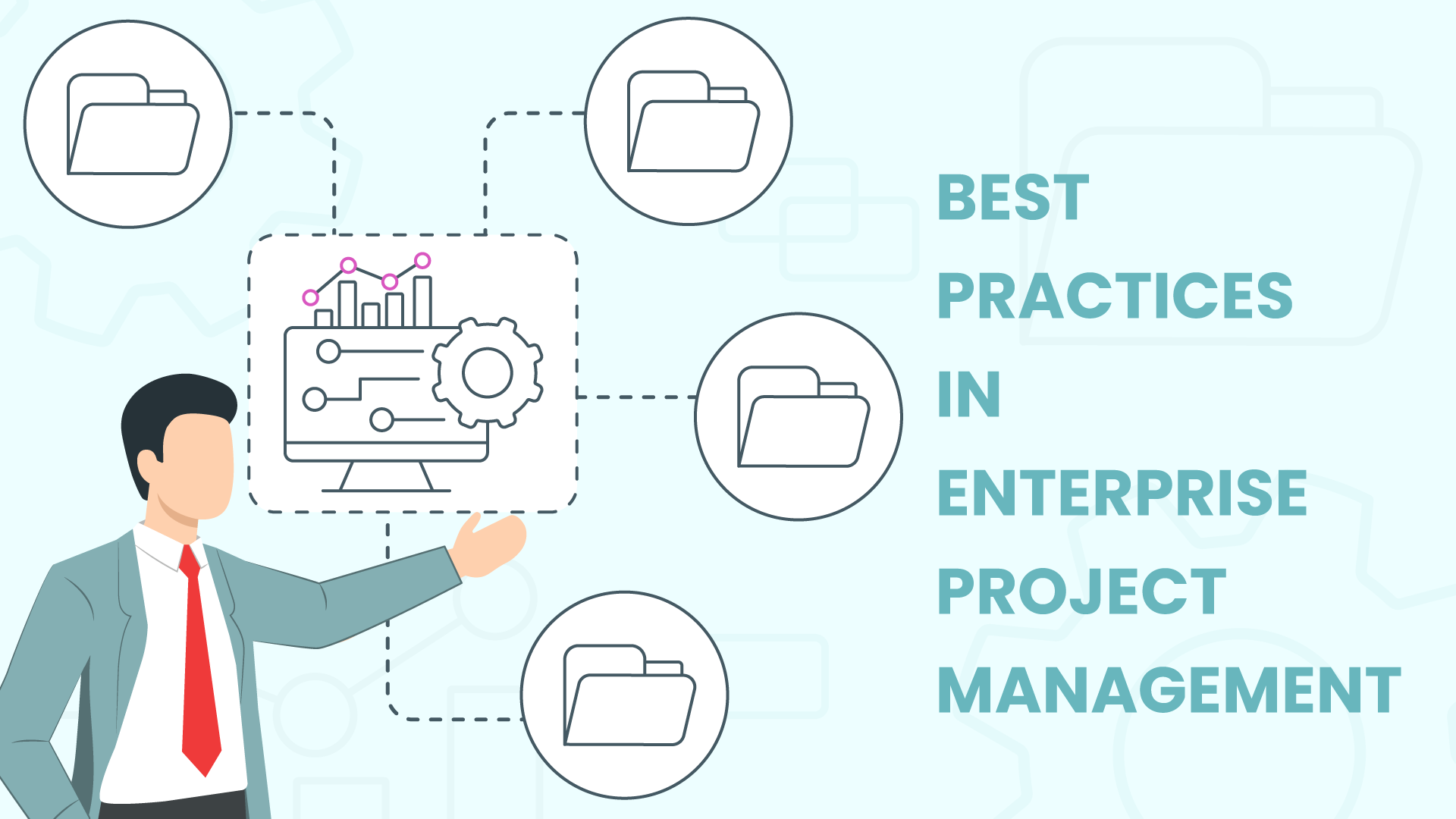
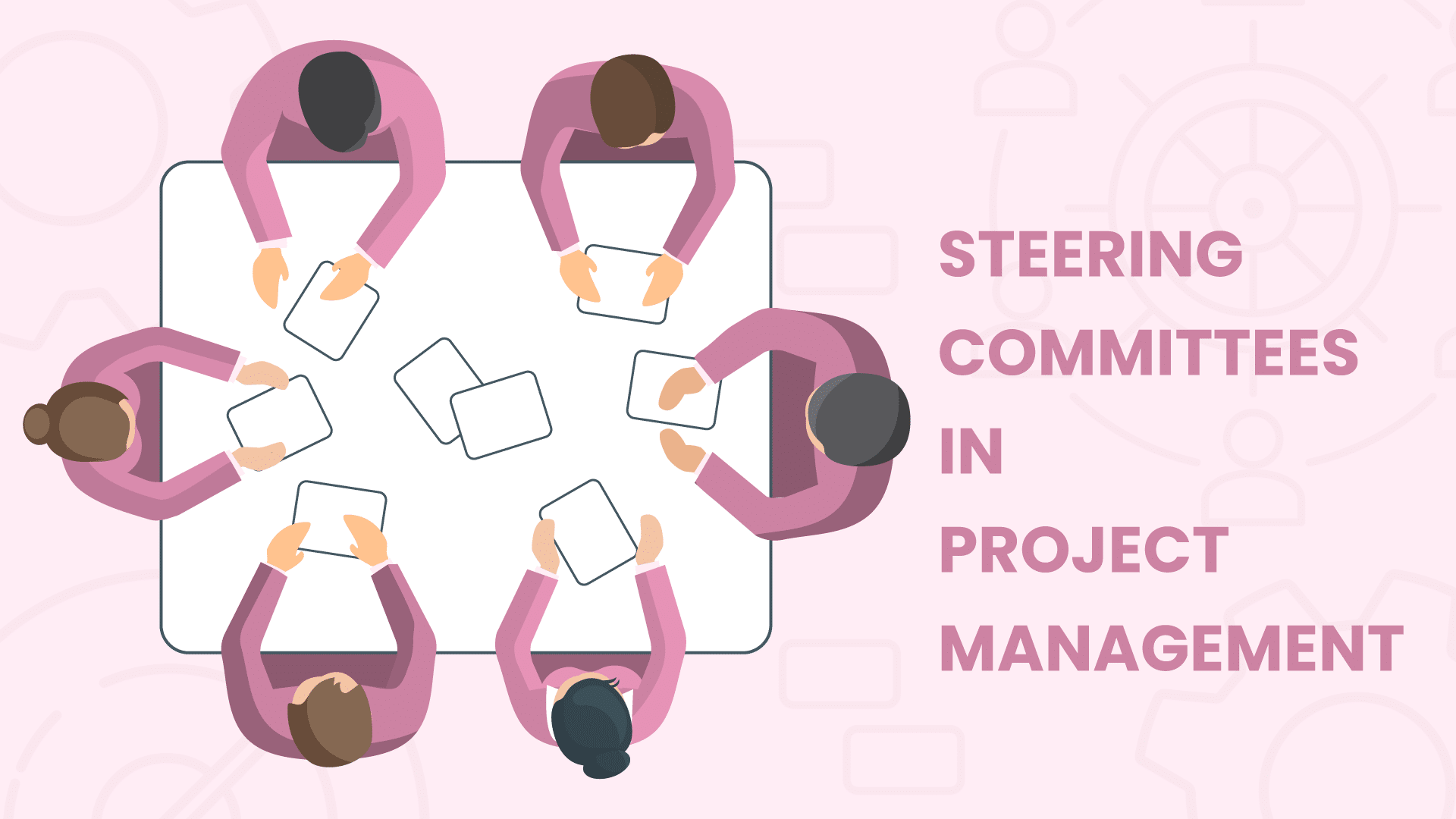





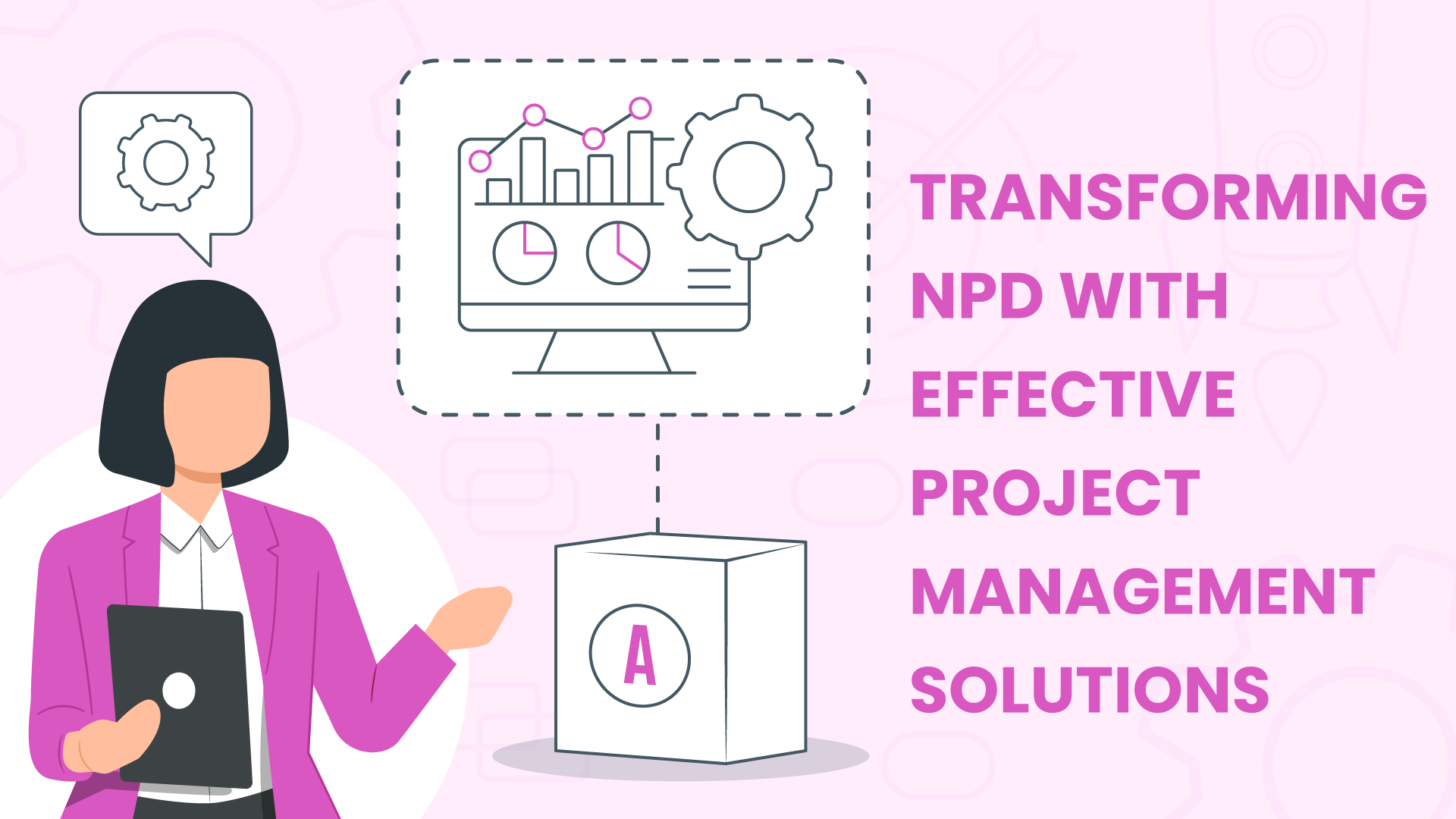




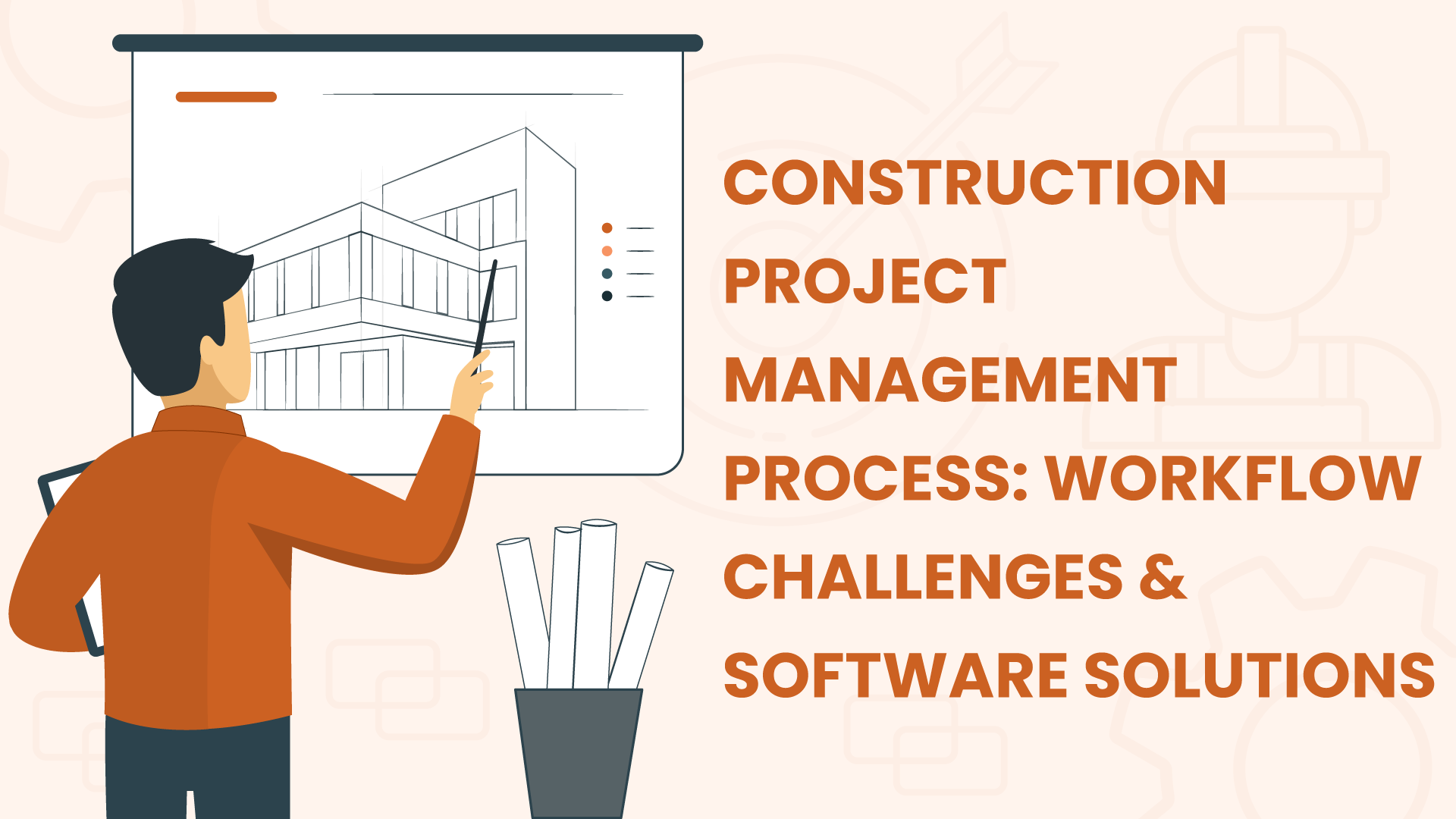

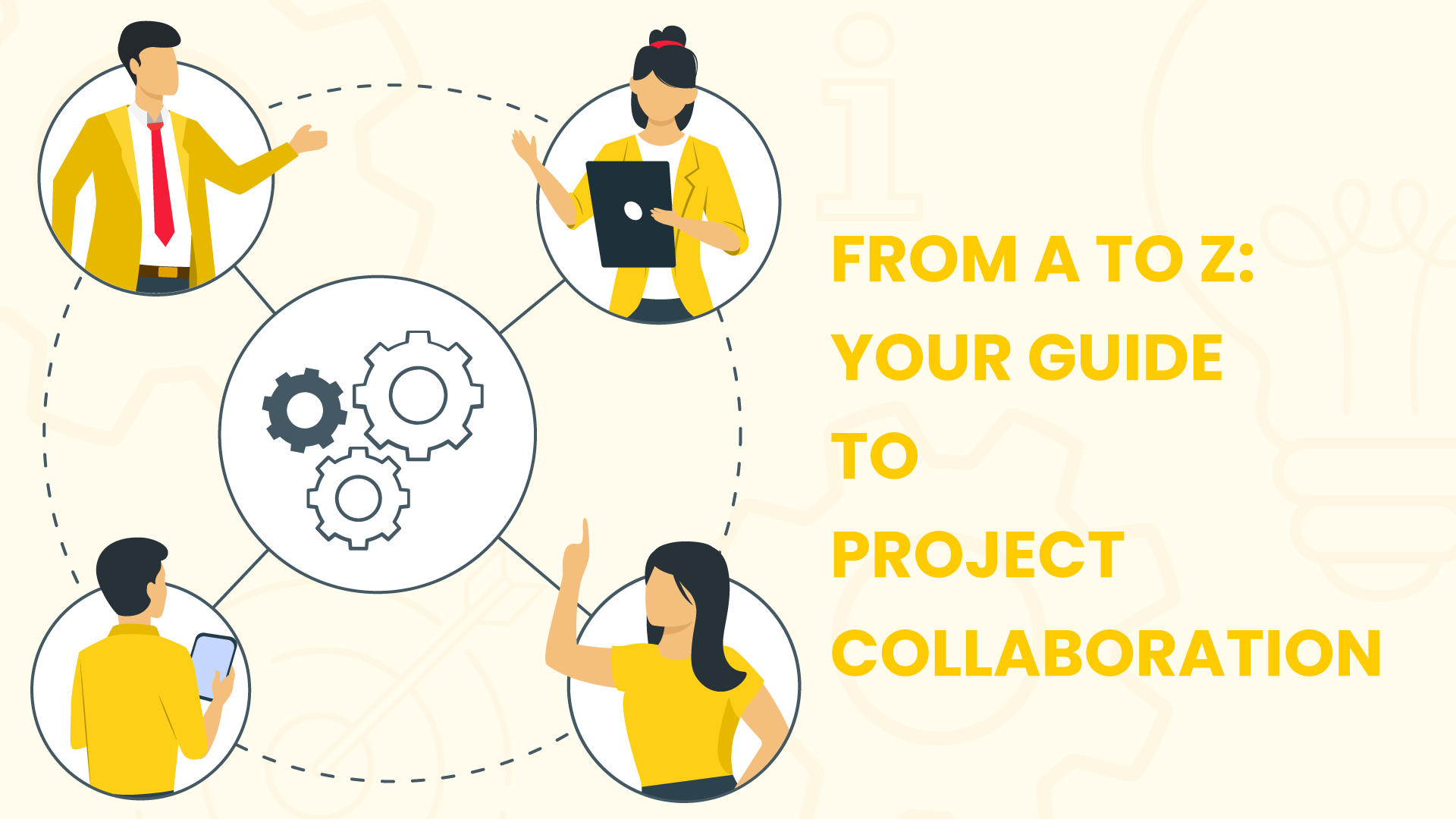



























 Task Management
Task Management 

















 Customization
Customization
